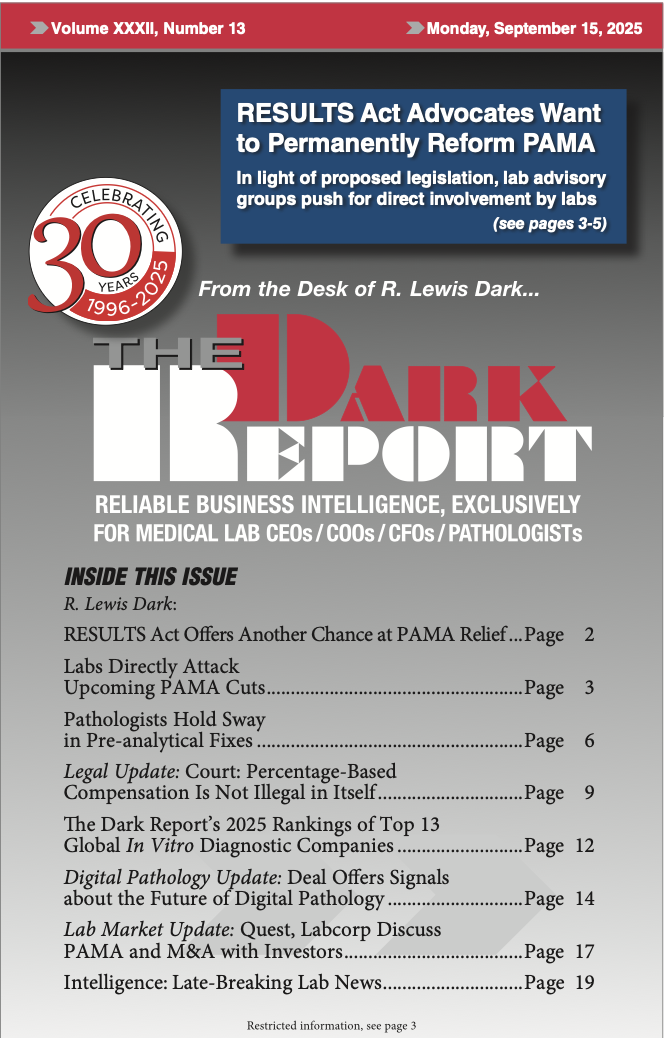TAG:
Histology
Histology
Histology is a branch of anatomy that deals with the study structure of animal and plant tissues that is only discernible with a microscope. It is also called microscopic anatomy, as opposed to gross anatomy, which involves structures that can be observed with the naked eye. The word “histology” is derived from two Greek words: histo, which means “tissue,” and logos, which means “study.”
Histopathology, the microscopic study of diseased tissue, is an important tool used in anatomical pathology, as accurate diagnosis of cancer and other diseases usually requires histopathological examination of samples.
Histological studies are often carried out by examining a thin slice (called a “section”) of tissue under a light microscope or an electron microscope on a prepared slide.
In order to distinguish different biological structures more easily and accurately, histological stains are often used to add colors to, or enhance the colors of, certain types of biological structures to allow them to be more easily differentiated from other types of structures. Staining is employed because biological tissue has little inherent contrast when observed using either light or electron microscopes.
Trained physicians, frequently licensed clinical pathologists, are the personnel who actually perform histopathological examinations and provide diagnostic information based on their observations of the tissues being tested.
The trained personnel who prepare histological specimens for examination may go by a number of titles, including:
- Histotechnician
- Histology technician (HT)
- Histology technologists (HTL)
- Medical scientists
- Medical laboratory technician
- Biomedical scientist
Their field of study is called histotechnology.
Histology has seen recent changes as technological advances in automation have influenced the field. Automation allows for the reduction of the workload of manual task needed to prepare and track histology specimens. Artificial intelligence also is playing a growing role in supporting the analysis of sections, supporting anatomic pathologists during their examinations of samples.
GE, UPMC Create Company for Digital Path Imaging
By Robert Michel | From the Volume XV No. 8 – June 16, 2008 Issue
CEO SUMMARY: It’s a new joint venture with the potential to transform surgical pathology. General Electric Healthcare has extensive experience at supporting physicians’ work flow with digitized imaging systems, plus ample experience with molecular bio-markers. The University of Pittsb…
Powerful Trends Reshaping Anatomic Path Profession
By Robert Michel | From the Volume XV No. 2 – February 11, 2008 Issue
CEO SUMMARY: THE DARK REPORT presents its newest biannual review of macro trends reshaping the anatomic pathology profession. These macro trends reveal a profession undergoing change and transformation on multiple fronts. New competitors are crowding into the market, payers and accreditin…
An Economic Perspective On Discounted PC Deals
By Robert Michel | From the Volume XIV No. 13 – September 17, 2007 Issue
CEO SUMMARY: By opening their own in-office pathology laboratories, specialist physicians are undermining a long-established referral relationship with the pathology profession. Pathologists are debating the merits of this market-based trend and its effect on their profession. However thi…
Are Feds Ready to Strike at TC/PC Arrangements?
By Robert Michel | From the Volume XIV No. 12 – August 27, 2007 Issue
CEO SUMMARY: Pathologists and laboratory directors will want to pay attention to the proposed rules published by the Centers for Medicare and Medicaid Services on July 2, 2007. The document is a grab bag of proposals and rules that would significantly curb many common ancillary services a…
Lean/Six Sigma in Labs Becomes More Common
By Robert Michel | From the Volume XIV No. 10 – July 16, 2007 Issue
CEO SUMMARY: Across healthcare, laboratories, hospitals, and health systems are leading the drive to incorporate quality management methods into clinical services and daily operations. This fall, in Atlanta, the Lab Quality Confab will provide a detailed look at this trend, with 50 speake…
Emerging Global Trends in How Labs Are Using “Distributed Computing”
By Robert Michel | From the Volume XIV No. 7 – May 14, 2007 Issue
“In several different countries, laboratories already use ‘distributed computing’, in the form of a single LIS data center that provides informatics services to as many as 25 laboratories in a region. The trend is to increase interoperability and portability of the i…
Anatomic Pathology’s Coming Revolution: Same Day Diagnoses
By Robert Michel | From the Volume XIV No. 5 – April 2, 2007 Issue
CEO SUMMARY: Anatomic pathology has been conducted the same way for 100 years—but no longer at the University of Miami. Pathologists there are using microwave technology to cut processing speed by 90% and improve workflow. By producing faster diagnoses, the lab can report results on 80%…
Key Trends Drive Change for Clinical Laboratories
By Robert Michel | From the Volume XIV No. 1 – January 8, 2007 Issue
CEO SUMMARY: Technology plays an ever-growing role in reshaping the organization and operation of clinical laboratories. New technologies figure prominently in THE DARK REPORT’S 2007 list of key trends in the clinical laboratory industry. Technological advances in instr…
2006’s Top Lab Stories Identify New Threats
By Robert Michel | From the Volume XIII No. 17 – December 18, 2006 Issue
CEO SUMMARY: Presented here are THE DARK REPORT’S “Ten Biggest Lab Stories of 2006.” Compared to earlier years, 2006 was not transformative for the laboratory industry. But it was an eventful year, particularly influenced by Siemens’ decision to acquire DPC and Bayer Diagnostics, …
Pathologist Builds General Path Business From Office Lab
By Robert Michel | From the Volume XIII No. 16 – November 27, 2006 Issue
CEO SUMMARY: Doctors Pathology Services in Delaware is successful for two reasons. First it runs the largest pathology lab in the state. But more important, it runs one of the few successful mobile pathology services anywhere. The Mobile Intraoperative Consultation Service(MICS)allows the…
CURRENT ISSUE

Volume XXXII, No. 13 – September 15, 2025
The Dark Report examines a new bill that would reform PAMA and avoid reimbursement rate cuts scheduled for January 2026. Clinical laboratory leaders are urged to make their voices heard in Congress. Also, an expert describes how labs can fix pre-analytical errors and avoid disaster.
See the full table of contentsHow Much Laboratory Business Intelligence Have You Missed?
Lab leaders rely on THE DARK REPORT for actionable intelligence on important developments in the business of laboratory testing. Maximize the money you make-and the money you keep! Best of all, it is released every three weeks!
Sign up for TDR Insider
Join the Dark Intelligence Group FREE and get TDR Insider FREE!
Never miss a single update on the issues that matter to you and your business.
Topics
- Anatomic Pathology
- Clinical Chemistry
- Clinical Laboratory
- Clinical Laboratory Trends
- Digital Pathology
- Genetic Testing
- In Vitro Diagnostics
- IVD/Lab Informatics
- Lab Intelligence
- Lab Marketplace
- Lab Risk & Compliance
- Laboratory Automation
- Laboratory Billing
- Laboratory Compliance
- Laboratory Equipment
- Laboratory Information Systems
- Laboratory Management
- Lean Six Sigma
- Managed Care Contracts
- Molecular Diagnostics
- Pathology Trends
- People
- Uncategorized

